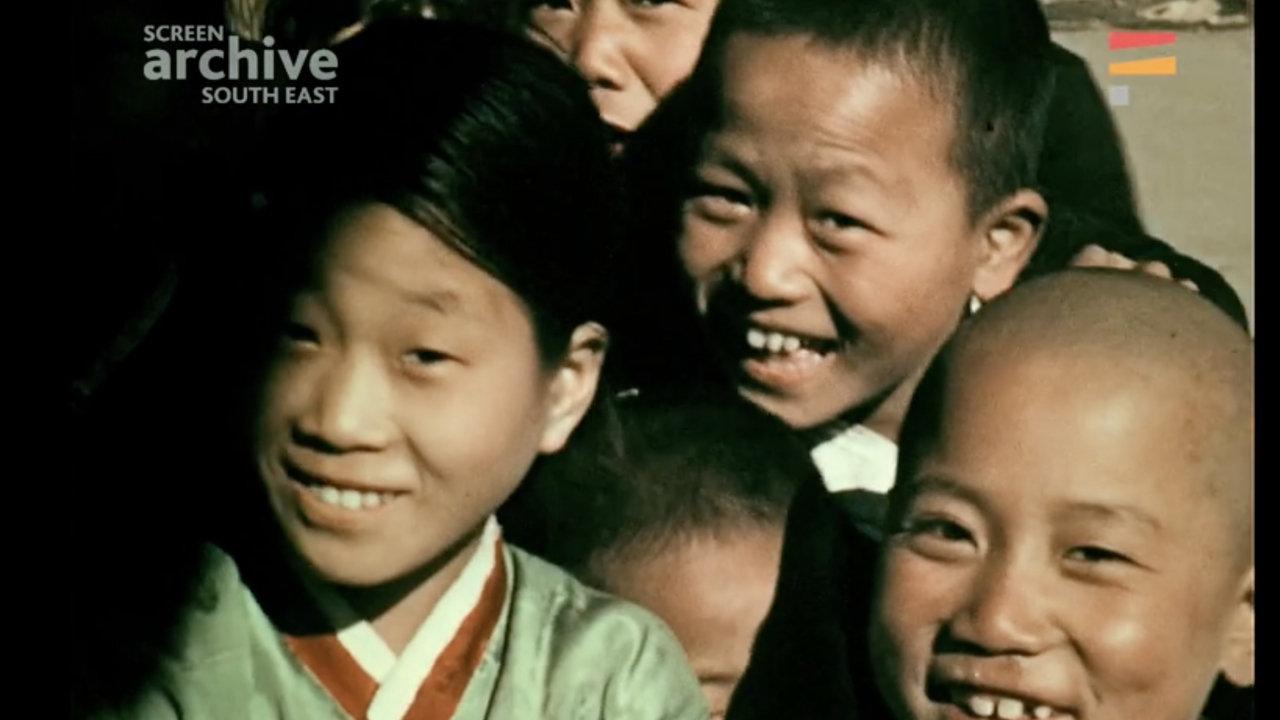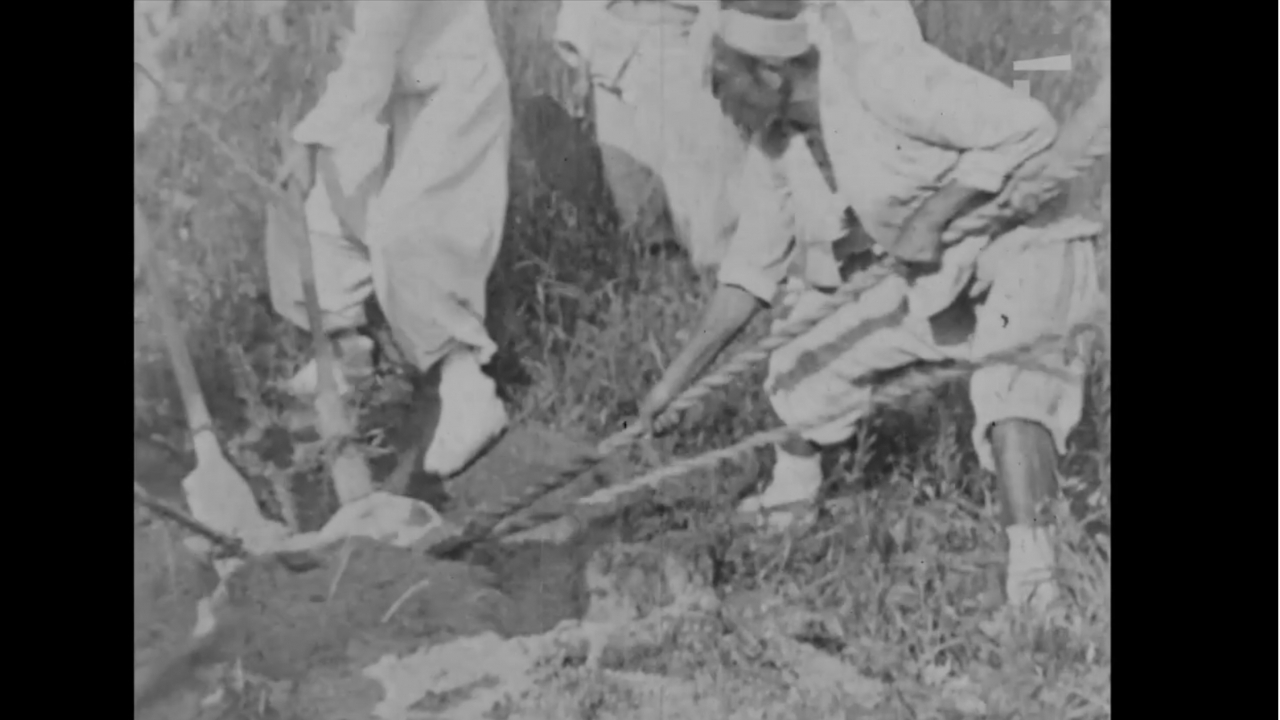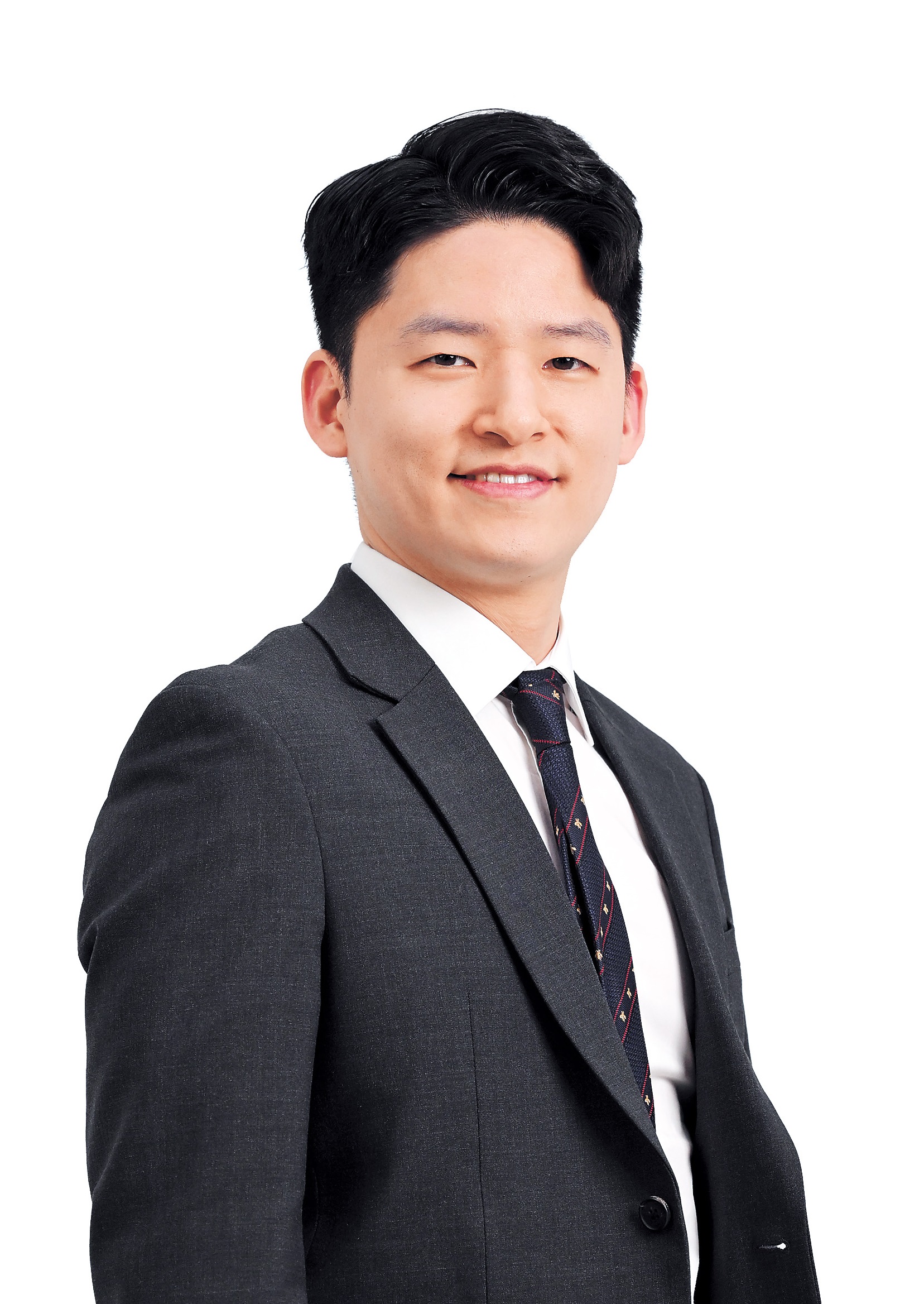Korean Film Archive's online exhibition distills century-old narratives into key moments
By Moon Joon-hyunPublished : May 13, 2023 - 16:00

The Korean Film Archive, in partnership with the Korean Movie Database, has curated an online film exhibition titled "A Hundred Years Back: Outsiders' View of Korea."
Running from May 3 to 13, the exhibition offers an intimate look into the cultural fabric, daily life and urban evolution of Korea across the first half of the 20th century.
The exhibition features six silent films curated from a larger set of 113 videos released earlier this year. These six films have been bookmarked and speed adjusted for the exhibition, improving the viewing experience by capturing "massive narratives into singular moments," the organization explained.
"Archives of Korea 1930-1940" by American James Henry Morris captures a range of Korean experiences, from a high society 1929 banquet to the blooming peonies at Deoksugung in 1938. It's noteworthy for having the earliest color footage of Korea.
The work of American travel writer Elias Burton Holmes, "The Singular City of Seoul," documents the evolution of Seoul, its markets, palaces, fashion trends and societal norms that he witnessed during his visits in 1901 and 1913. It also provides a glimpse into the religious landscape through the presence of Salvation Army members.

Another film by Holmes, "Queer Korean Customs," appreciates the resilience and resourcefulness of Koreans. The texts inserted between clips express Holmes' admiration for Koreans' ability to undertake demanding manual labor, describing them as "human steamrollers," "steam shovels" and cranes. He also marveled at the "chigi man," or "jigeggun," who carry a wooden A-frame with loads of more than 90 kilograms over long distances.
"Scenes and Customs of Pyeongyang and Gyeongju" by American medical missionary Zacharia Berkowitz offers a look at Christian missionary work, medical practices and various scenes, including climbing the astronomical observatory Cheomseongdae or entering Seokguram Grotto.
"Farming in Korea -- An Oriental Epic" by Fred C. Ells, documents a year in the life of a farmer, a man surnamed Kim from Pocheon. It covers traditional rice farming, weddings, Buddhist rituals and folk games in Korea.
Lastly, a film shot by Swedish diplomat Tor H. Wistrand in 1938 presents an unvarnished view of everyday life against the backdrop of the impending World War II, with a focus on the perseverance of ordinary people. Despite losing its title as the earliest color film of Korea to "Archives Korea 1930-1940," it remains a valuable depiction of life in Korea a century ago.
The Korean Film Archive encourages viewers to watch the films in smaller segments and peruse related resources like the "Catalogue of Pre-1950's Non-feature Films Regarding Joseon and Korea" to further enrich their understanding.
The films can be viewed at the Korean Movie Database website.











![[Today’s K-pop] BTS pop-up event to come to Seoul](http://res.heraldm.com/phpwas/restmb_idxmake.php?idx=644&simg=/content/image/2024/04/17/20240417050734_0.jpg&u=)





![[KH Explains] Hyundai's full hybrid edge to pay off amid slow transition to pure EVs](http://res.heraldm.com/phpwas/restmb_idxmake.php?idx=652&simg=/content/image/2024/04/18/20240418050645_0.jpg&u=20240418181020)

![[Today’s K-pop] Zico drops snippet of collaboration with Jennie](http://res.heraldm.com/phpwas/restmb_idxmake.php?idx=642&simg=/content/image/2024/04/18/20240418050702_0.jpg&u=)